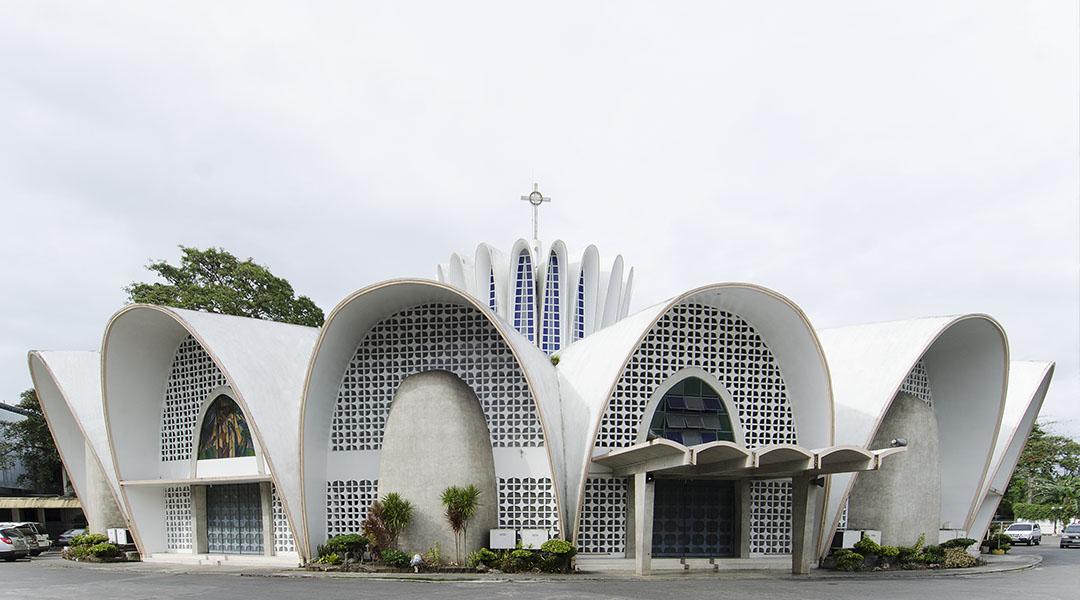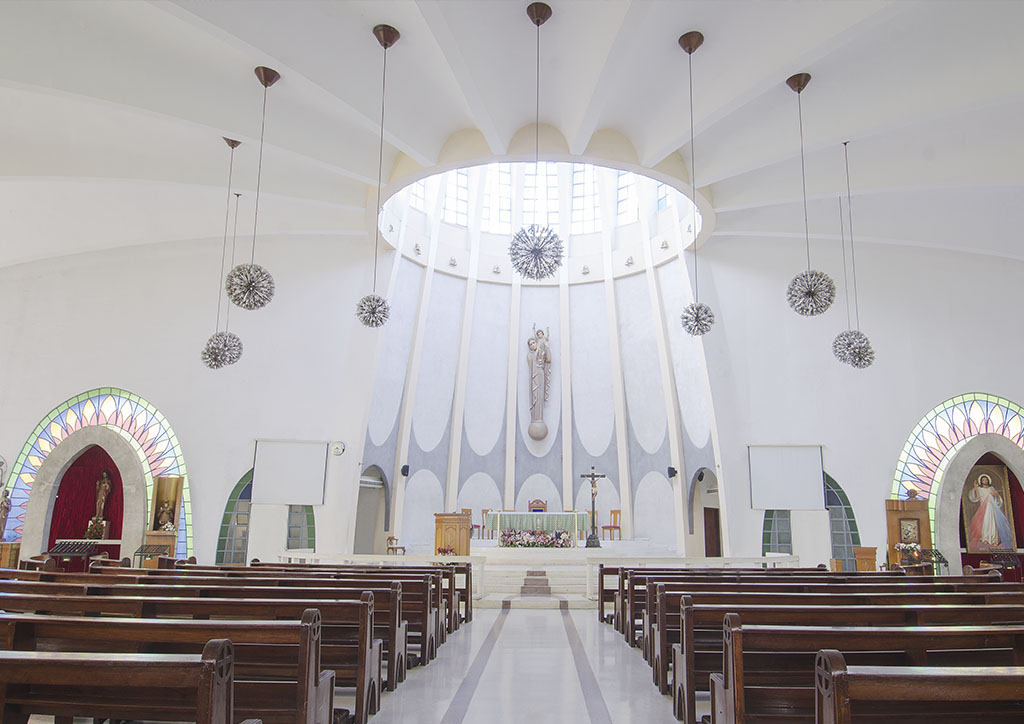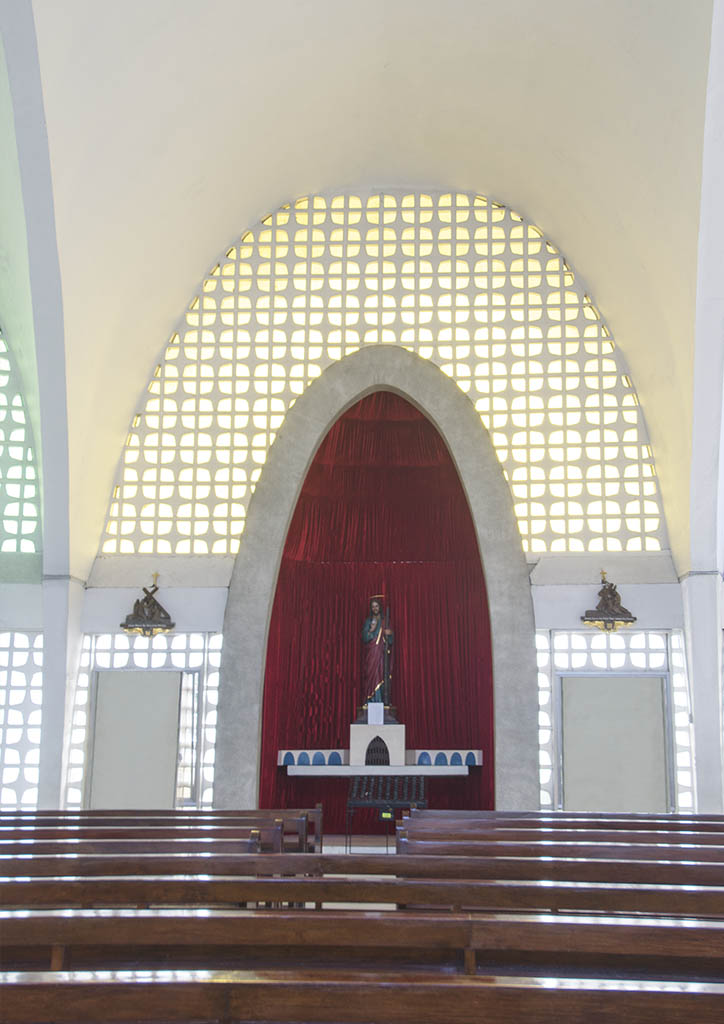
Harmony reigns in Bacolod City’s Our Lady Queen of Peace Parish
Traditionally, Philippine cities that serve (or had served) as commercial trading centers have Chinese communities within them. They were often separated from the rest of the community, as centuries of colonial rule deemed the highly entrepreneurial minority a threat to the ruling power.
It was no different in Bacolod, the commercial center of Negros Occidental. When the Communist regime in China drove more Chinese, specifically Catholics, to seek refuge in the Philippines, then bishop of Bacolod Msgr. Manuel Yap worked harder to create harmony between the Chinese and the Filipinos, most of whom still had a colonial-minded bias against the Chinese. Eventually, Msgr. Yap’s efforts paid off as more Chinese and Filipino Catholics worked together in their ministry and Filipinos, in general, opened their minds, overcame their bias and developed closer ties with the Chinese.

As the number of Chinese missionaries increased, the more the Chinese Catholics became active in religious ministry. This led to the creation of the Our Lady Queen of Peace Parish, which now serves as the center of Chinese Catholic life in the city.
Designed by Architect Eduardo Uychiat and its present structure built from 1964-1966, the Our Lady Queen of Peace Parish was designed to look like a crown. Natural light from the dome above the altar illuminates the church. The dome is composed of narrow, arched stained-glass windows arranged in a circular manner, similar to the arches that make up the main structure.
READ MORE: Behind the Anger: The mid-century modern Church of the Angry Christ

The wooden statue of the Queen of Peace was created by Maximo Vicente, who is famous in the country for his carvings of religious iconography; In 1955, a fire razed a large portion of downtown Bacolod, which destroyed many Chinese business establishments. Then-Governor Alfredo Montelibano, Sr. donated a 5,000-square meter lot in Capitol Subdivision for the church. Montelibano also donated lots for the Capitol Shopping Center (where the Chinese re-established their businesses, transforming the place into Bacolod’s version of Chinatown), St. John’s Institute and the Chinese Catholic Center, which are located within the same compound.
This article first appeared in BluPrint Vol 1 2015. Edits were made for Bluprint online.
YOU MIGHT LIKE: Sugarlandia Visita Iglesia: 5 Bacolod Churches to visit this Holy Week


